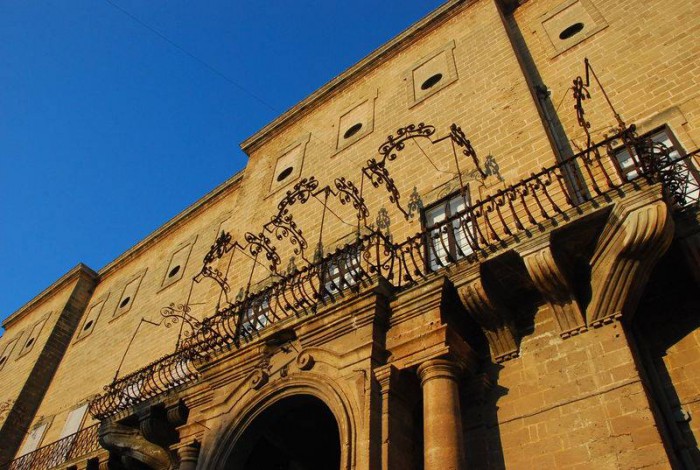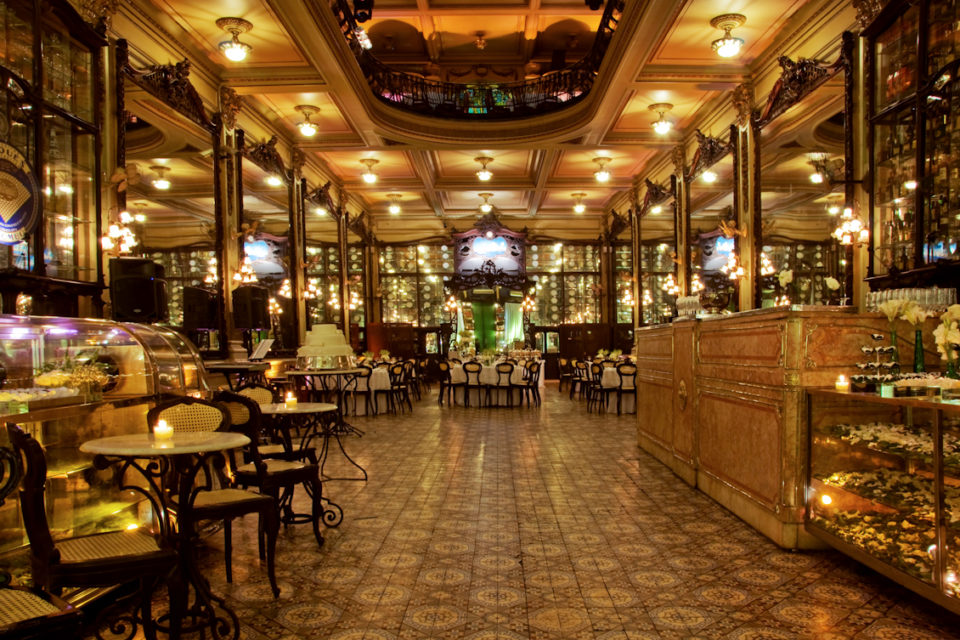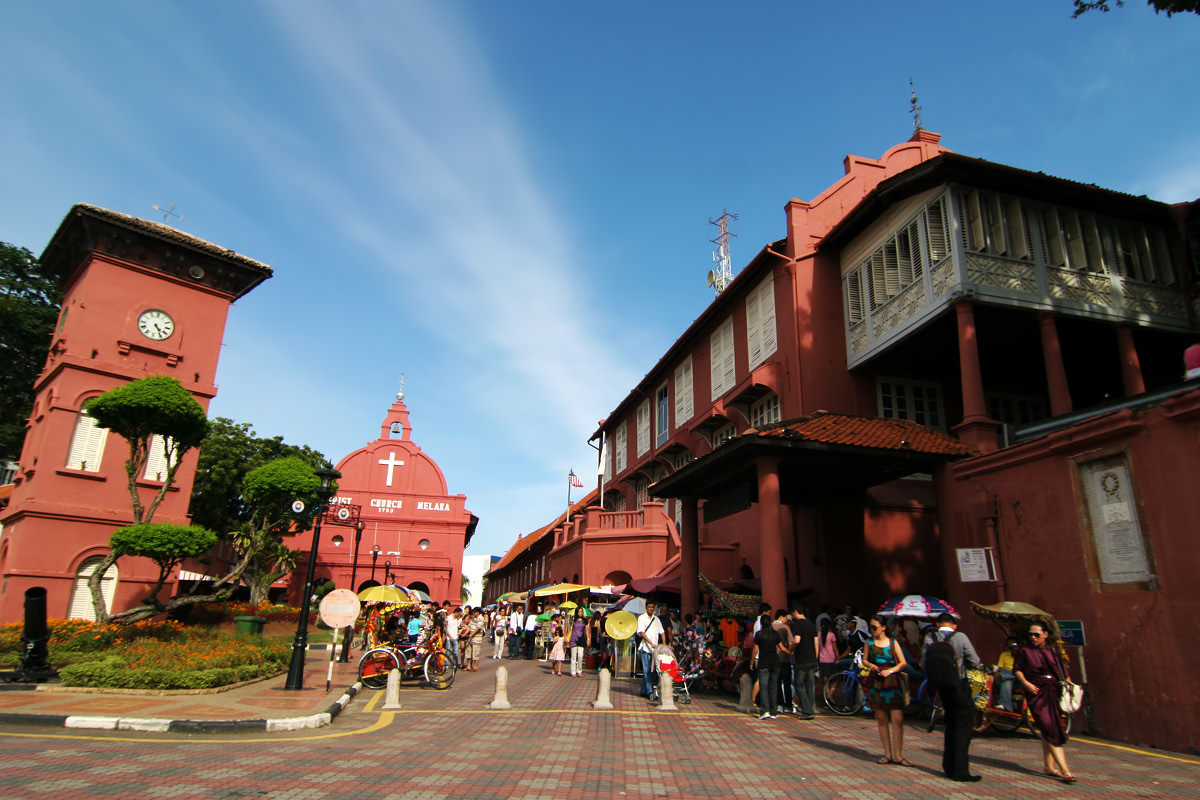The Roman Theater of Sessa Aurunca stands as one of the most imposing and evocative in the Campania region, second only to the Theater of Naples. Unearthed in the 1990s, it winds along the cliff below the town, almost touching the surrounding dwellings.
From the majestic cavea of this theater, one can admire the spectacle of the sea and the surrounding coastline. Built during the reign of Augustus and later renovated under Antoninus Pius, it underscores the importance that Rome attributed to Sessa Aurunca, ancient Suessa Aurunca. The towering walls reach up to 20 meters in height, while the cavea, with a diameter of 110 meters, burrows into the hillside, supported by galleries in the upper parts, with three tiers of seating capable of accommodating between 7,000 and 10,000 spectators.
Described as a veritable open-air museum, the stage of the theater was adorned with a variety of precious marbles, used to create architectural decorations such as friezes, architraves, and capitals. The columns, made from five different types of colored marble from various regions, lend the theater an unparalleled magnificence. The statues celebrated members of the imperial household, including Emperors Trajan and Hadrian and their respective consorts, while in the gallery, colossal statues of Livia and Agrippina Major were admired.
During the second century AD, the theater suffered significant damage due to an earthquake and was restored by Minor Matidia, also known as Vibia Matidia, sister of Empress Vibia Sabina, the wife of Hadrian. In exchange for the restoration, Minor Matidia was immortalized as the nymph Aura. Her figure remains a focal point in the history of Sessa Aurunca, testifying to her charm and importance as a patroness in the region.













